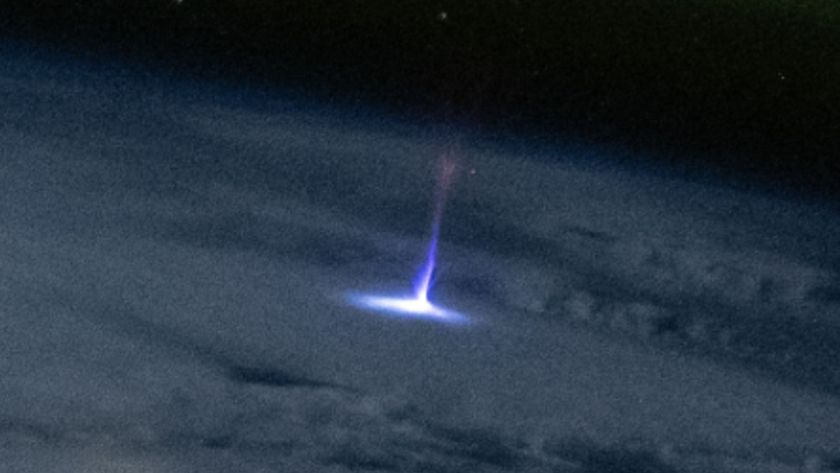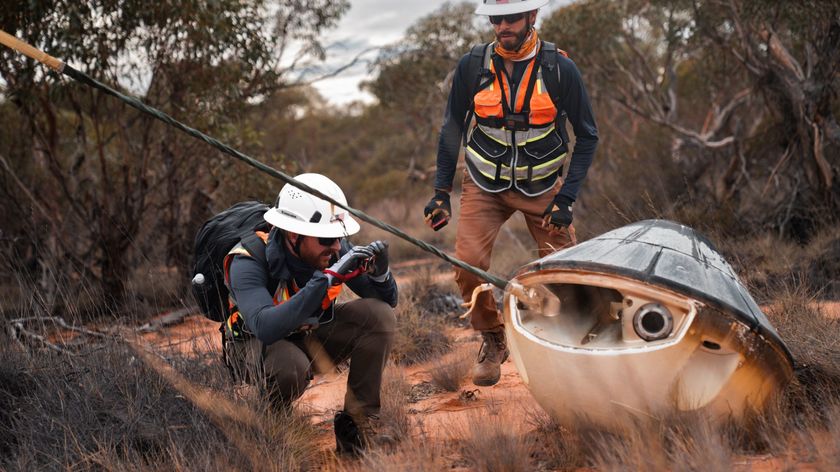Americans Love Weather Forecasts
We can't change it, but we can sure talk about the weather and check the forecast. And boy, do we love our weather forecasts!
In a new survey, adult U.S. residents were found to get, on average, 3.8 weather forecasts a day.
"This interesting study shows the importance of weather forecasts in people's lives, and will help scientists develop ways of further increasing forecasts' value," said Steve Nelson, program director in NSF's Division of Atmospheric Sciences, which funded the research.
That suggests weather forecasts are worth more than they cost the public, according to the federally funded researchers who conducted the survey.
While the authors cautioned that it is difficult to put a dollar figure on the value of forecasts, the survey indicated that households in this country place an average value of 10.5 cents on every weather forecast obtained. This equates to an annual value of $31.5 billion. In comparison, the cost of providing forecasts by government agencies and private companies is $5.1 billion.
The study, done by researchers at National Center for Atmospheric Research (NCAR) in Boulder, Colo., was funded by the National Science Foundation (NSF), NCAR's sponsor, and the National Oceanic and Atmospheric Administration, is published this month in a paper in the Bulletin of the American Meteorological Society.
The Internet-based survey, conducted in November 2006, collected information about respondents' weather-related activities and experiences, as well as basic demographic information. Results were extrapolated from 1,465 of the 1,520 individuals who said they used weather forecasts.
Sign up for the Live Science daily newsletter now
Get the world’s most fascinating discoveries delivered straight to your inbox.
The results were announced today.
Of the respondents who said they obtain weather forecasts, 87.2 percent reported getting forecasts on average at least once a day, while 9.2 percent responded that they get forecasts once a day or less on average.
Although the number of forecasts an individual obtains varies significantly from day-to-day, depending on factors like weather events and planned daily activities, the researchers found that on average individuals received forecasts 3.8 times a day. These findings, when extrapolated to the total U.S. adult population of 226 million, indicate that Americans receive a yearly total of about 300 billion forecasts.
The study also revealed people's curiosity about weather: 85 percent of respondents said that more than half the time they obtain forecasts simply to know what the weather will be like.
"This tells us that people generally have a high level of interest in weather forecasts, regardless of whether they use this information directly for planning and decision-making," said NCAR associate scientist and coauthor Julie Demuth.
The most common source for forecast information were local television stations, used 33.7 times per month on average. Cable television and radio were the next most popular sources. Web pages and newspapers were less common sources overall, but both were a daily or more frequent source of forecasts for 27 percent of respondents.
The research will help officials target forecasting efforts better.
"Better communication strategies can be developed for hazardous weather like hurricanes, winter storms, and floods," said NCAR scientist and lead paper author Jeffrey Lazo. "Improved understanding will also help forecasters to communicate forecast uncertainty information more effectively."











